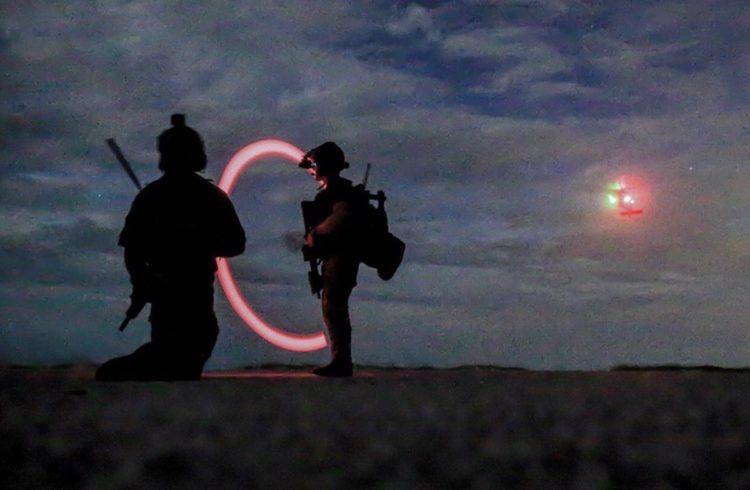Ten days ago, another case of Chinese espionage came to a tentative end. Three Chinese nationals, who were arrested for spying, received varying prison sentences.
The three individuals had been caught illegally photographing the U.S. Naval Air Station in Key West, Florida, on two separate instances in December and January.
During the first instance, Lyuyou Liao entered the base and photographed and recorded sensitive military equipment before he was arrested. For his actions, he received a one-year prison sentence followed by a one-year supervised release.
Then, in January, Jielun Zhang and Yuhao Wang were arrested for photographing military and naval infrastructure inside the base. They received a one-year and nine months of prison sentences, respectively, followed by a one-year supervised release.
This is yet another instance of Chinese espionage in the U.S. Last year, two Chinese men (one purportedly an intelligence officer) attached to the Chinese Embassy drove straight into the Joint Expeditionary Base Fort Story, Virginia Beach. They were quickly stopped by the base’s military policemen.
Naval Special Warfare Group 2 (NSWG 2) units regularly hone the marksmanship skills at Fort Story. Navy SEALs from the East Coast teams (SEAL Team 2, SEAL Team 4, SEAL Team 8, and SEAL Team 10) will do the 20-minute drive from their home base of Little Creek to practice.
Then last February, the FBI announced that it was looking for a Chinese Army officer who studied in the U.S. under the alias of a foreign student in order to access sensitive technical and scientific information. According to the FBI, the 29-year-old Lieutenant Yanqing Ye lied about being in the Chinese military, and more specifically in the National University of Defence Technology.
One of the primary aims of Chinese espionage efforts is to steal technological advancements of other countries. To achieve this, Chinese intelligence officials rely on both Human Intelligence (HUMINT) and Open Source Intelligence (OSINT).
According to the book Chinese Industrial Espionage: Technology Acquisition and Military Modernisation, Chinese intelligence officials and scientists comb through American and other Western peer-reviewed journals, patents, and conference transcripts, among other sources, in an attempt to piece together a picture about new technological advancements that assist the Chinese military or economy.
Professor William Hannas, a faculty at Georgetown University, Navy veteran with service in Special Operations, and one of the authors of the book, states that OSINT is not the stepchild of Chinese intelligence but rather the rockstar. In comparison, American and Western intelligence services place more emphasis on the more traditional methods of intelligence gathering, such as HUMINT or Signals Intelligence (SIGINT).
The fact that China relies heavily on OSINT and industrial espionage suggests an inherent lack of originality – that could be translated to creativity – in the Chinese military and industrial sector. It seems like the Chinese are more comfortable with stealing technology rather than inventing it. This is a significant cultural and institutional difference compared to the U.S. and the West.
It’s worth highlighting, furthermore, that America’s top institutions are brimming with Chinese students. For example, at The Johns Hopkins University, a fairly large chunk of my class (about 30 percent) came from China. Of course, they didn’t study English Literature or Political Science, but they almost exclusively focused on STEM. Johns Hopkins is known for its medical and engineering departments, which have been producing cutting-edge technology for decades. For instance, Johns Hopkins is working with the Department of Defence (DoD) on a drone anti-hacking program and with NASA on several pioneering projects. The university has been the leading American institution in research and development expenditure for 40 years consecutively.
Upon graduation, several of my Chinese classmates went on to take jobs with tech companies in Silicon Valley. Were they all working for the Chinese government? Of course not. Is a large number of them going to transfer know-how or even technology in the future back to China? Most likely.










COMMENTS
You must become a subscriber or login to view or post comments on this article.